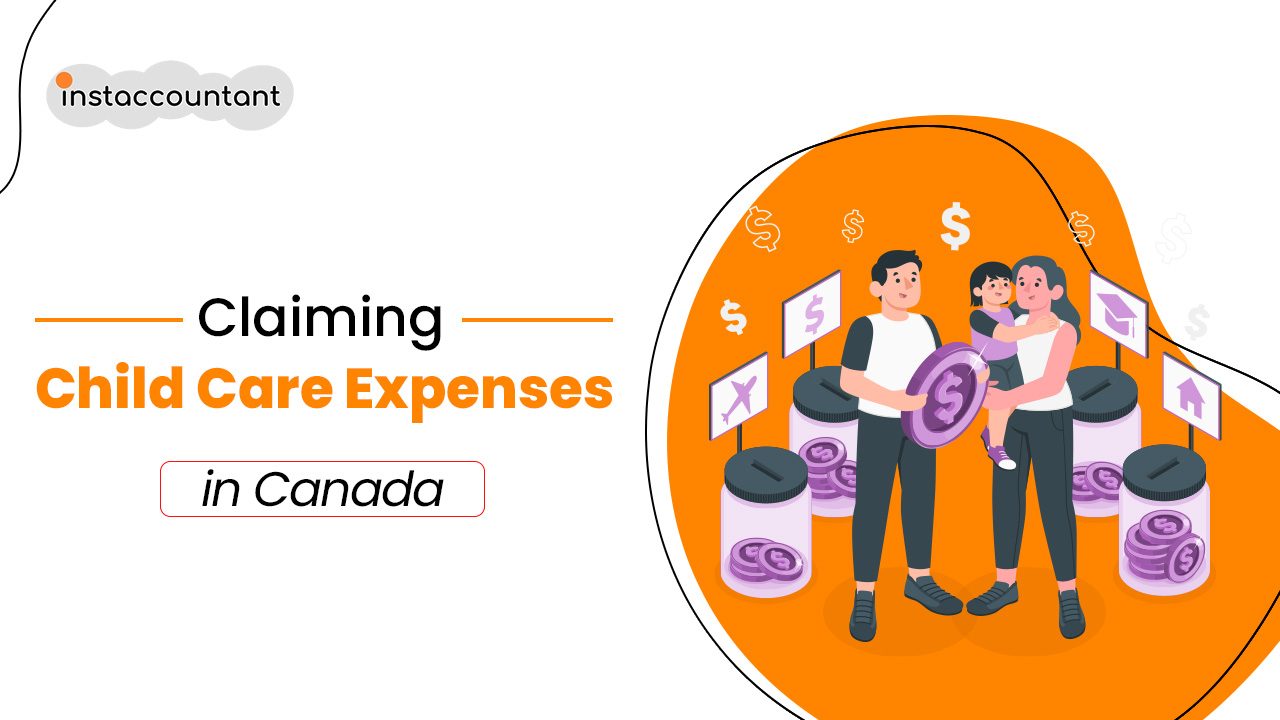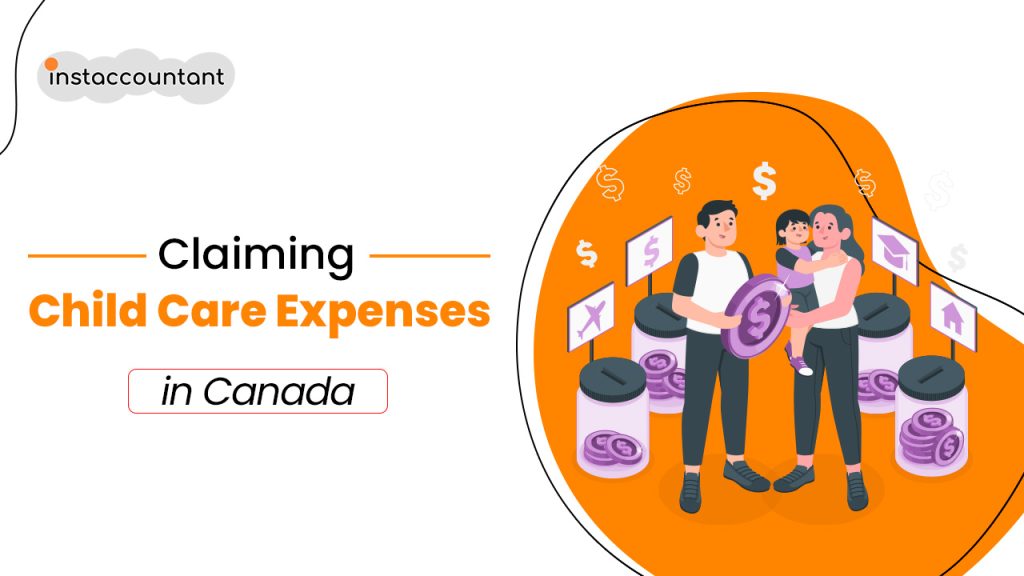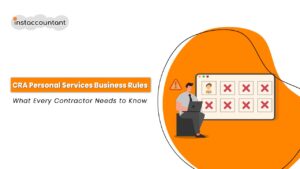Navigating the world of tax deductions can be daunting, but as a parent in Canada, understanding how to claim child care expenses can significantly impact your tax return. In this comprehensive guide, we’ll delve into the ins and outs of claiming child care expenses, including what qualifies, how to maximize deductions, and important considerations for various family situations.
Understanding Child Care Expenses Deduction:
The child care expenses are amounts you or another person paid to have someone else look after an eligible child so that you or the other person could earn income, go to school, or carry on research under a grant. The maximum deduction is calculated as a percentage of the eligible expenses, up to certain limits. The percentage and limits vary depending on factors such as the number of children and the taxpayer’s income level.
Child care expenses deductions are available for parents who have children born in 2006 or later. These deductions can help alleviate the financial burden of child care costs by allowing parents to claim a portion of these expenses on their tax return. The child care expenses deduction is separate from the child tax credit and the dependent care credit. Each of these credits has its own eligibility criteria and calculation methods.
Eligible Child Care Expenses:
To be eligible for the child care expenses deduction, it’s important to meet certain criteria set by the Canada Revenue Agency (CRA). First, you must have earned income throughout the year. This means that you or your spouse must have been working or actively seeking employment during that time. Second, you must have paid for child care expenses that enabled you or your spouse to work or seek employment.
Familiarize yourself with what Canada Revenue Agency (CRA) considers claimable child care expenses:
- Payments made to caregivers: If you hire a caregiver, such as a nanny, you can claim the payments made to them as child care expenses. It is important to have receipts that include the caregiver’s name and Social Insurance Number (SIN). If you have a nanny, the T4 slip you issue as an employer can act as a receipt.
- Nursery school and daycare fees: The fees paid for nursery school or licensed daycare centers qualify as eligible child care expenses.
- Before and after school care: If you require child care services before or after regular school hours, the expenses incurred for these services can be claimed.
- Day camps: The fees paid for day camps during school breaks or summer vacations are also eligible child care expenses.
Exclusions:
- Overnight camps: It’s important to note that expenses for overnight camps are not fully eligible for the child care expense deduction. Only a small portion of the cost can be claimed.
To ensure proper documentation, collect receipts for each payment made to a caregiver or childcare service provider. The receipts should include the caregiver’s name, Social Insurance Number (SIN) or business number, and the amount paid.
Claiming the Child Care Expenses Deduction:
Step 1: Choose the Right Claimant
When determining which spouse should claim the child care expenses deduction, consider the spouse with the lower net income (including zero income). However, there are specific situations where the higher-income parent can claim the expenses if the lower-income spouse was:
-
- Attending school for further education (including post-secondary education, vocational training, etc.)
- Unable to work due to an impairment or illness (e.g., hospitalized for an extended period)
- Incarcerated for at least two weeks
If both spouses have equal net incomes, they must agree on which one of them will claim the child care expenses.
If parents are separated or divorced, the CRA has specific rules for who can claim the deduction. Additionally, if the child qualifies for the Disability Tax Credit, the higher-income spouse may be able to claim the deduction regardless of their income level.
Step 2: Calculate Your Claim
To calculate your claim, determine the eligible child care expenses paid during the tax year. The expenses must be incurred to allow you or your spouse to work, carry on a business, attend school, or conduct research. The CRA provides a fixed amount per child that you can claim based on their age and eligibility for the Disability Tax Credit (DTC). The maximum claimable amount is two-thirds of the lower-income spouse’s earned income or the fixed amount per child, whichever is less.
Step 3: Complete the Tax Forms
When completing Form T778, provide accurate and detailed information about the child care expenses incurred. Include the name, address, and Social Insurance Number (SIN) or business number of the caregiver or childcare provider. Report the total child care expenses paid during the tax year and provide any supporting documentation as requested by the CRA.
Step 4: Claim the Child Care Expenses Deduction
To claim the child care expenses deduction, you need to report the total amount of eligible child care expenses on line 21400 of your tax return. This deduction will reduce your taxable income, potentially lowering your tax liability.
Step 5: Consider Provincial Tax Credits
In addition to the federal child care expenses deduction, many provinces and territories offer their own tax credits or deductions for child care expenses. These credits or deductions can provide additional benefits to eligible taxpayers. Check your specific province or territory’s tax guide or consult with a tax professional to understand the provincial benefits you may be eligible for.
Step 6: Keep Records
After filing your tax return, keep all receipts and documentation related to child care expenses for at least six years. This includes receipts from caregivers or childcare providers, as well as any other relevant supporting documents. Having organized and accessible records will help you in case the CRA requests verification of your expenses.
Conclusion
In conclusion, when claiming child care expenses on your Canadian tax return, it’s important to note that these expenses can only be claimed for the purpose of earning a living or going to school. The amount you can claim may vary depending on factors such as the age of your child and any disabilities they may have. It’s recommended to consult the Canada Revenue Agency (CRA) website or seek advice from a tax professional for more detailed information and personalized guidance based on your specific circumstances.





